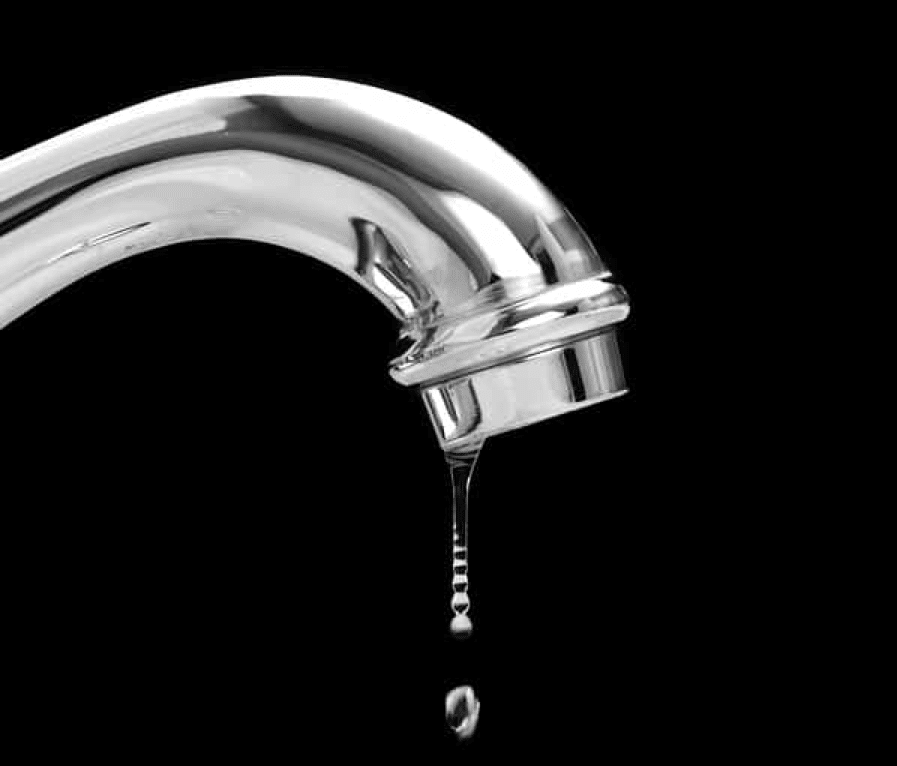
How to Decide Whether to Repair or Replace Your Damaged Faucet
A leaky faucet can be a frustrating problem, especially when you can’t seem to find the source of the leak. Damaged faucets, however, can cost you $20-200 every year in wasted water, and can lead to much more expensive water and structural damages. It might be a pain to call a plumber in for a damaged faucet, but properly maintaining your faucets saves you money and protects you from an electrical hazard. Knowing what exactly to do can be tricky, as your plumbing is complicated. If your home has a damaged faucet, it helps to know whether you need to repair or replace your faucet.
When It’s Time to Repair Your Faucet
Your faucets are generally built to be durable, lasting 10-20 years. Determining if it’s time to repair your faucet will usually depend on the damages and cost. How hard your home’s water is, can also determine whether you need to repair or replace your faucet. Simple repairs are generally preferred as they usually cost less than a full replacement. If you’re unsure if your faucet just needs a repair, here are a few things to consider.
• The type. There are several different types of faucets, and some faucets have more parts than others. Faucets, such as ball faucets, have several different parts that can be susceptible to damage.
• Dripping. A leaking faucet can usually be fixed with a repair than an entire replacement. Most leaky faucets are fixed by simply removing the handle and tightening the adjusting ring. A leaky faucet can also be resolved by replacing the O-rings on the cartridge when they’ve worn out. If any internal parts are too worn out, however, then it’s time for a replacement.
• Squeaky Handle. Usually a squeaky handle doesn’t warrant a replacement, but a simple repair. Removing the appropriate parts to grease them usually solves the problem.
When It’s Time to Replace Your Faucet
Faucets aren’t built to last forever, and your faucets will break down from use over time. The older the model, the less likely it can run efficiently which can result in expensive water bills. If your home runs on hard water, that can cut down on your plumbing’s lifespan drastically. Replacing your entire appliance, however, can be costly, which is why it’s important to determine when your faucet needs a replacement. Here are a few warning signs to watch out for.
- The age of your faucet. A good rule of thumb for replacing any appliance is by its age. Faucets are generally built to last for 15-20 years. If your faucet is nearing the end of its lifespan, it might be time to consider a replacement.
- If your faucet constantly needs repairs. One of the most common signs that it’s time to replace your faucet is when it needs constant repairs to function. A few repairs here and there are usually always cheaper than a full replacement, but if the repairs start to add up, you might as well save your money and replace it.
- If you want a more efficient faucet. Older models can waste a lot of water, running anywhere from 3-5 gallons per minute. If you’re trying to cut down on utility costs, modern faucets don’t run any more than 2.5 gpm.
- A damaged sink or counter surface. There may be nothing wrong with your faucet, but if your sink or counter surface is damaged, your faucet may need to be replaced as well. Some materials, such as ceramic, ages poorly, and can result in cracks and scratches.


Leave a Comment
(0 Comments)